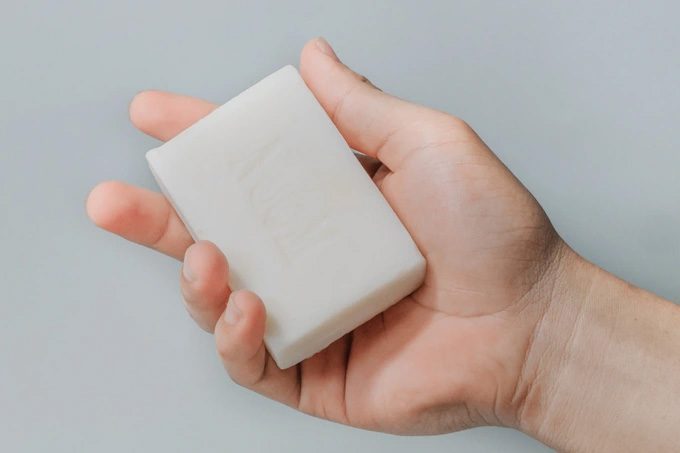Soap is a familiar item whenever we wash our hands or want to clean our bodies.
From kindergarten, children learn how to use soap to wash their hands to protect their bodies from disease-causing germs. But why does soap kill bacteria, helping us stay cleaner, and in what situations is handwashing ineffective?

Soap combined with water disrupts the structure of viruses.
According to Dr. Lee Riley, Head of the Infectious Diseases Department at the University of California (USA), the soap’s “superpower” in killing germs comes from its molecular structure. Specifically, soap, when combined with water, disrupts the structure of viruses.
The structure of most viruses consists of lipid molecules, proteins, and RNA. Among them, the weakest link is the lipid molecules. When we use soap combined with water to wash our hands, it creates a “amphiphilic” substance. This substance has a structure similar to the lipid of the virus, which infiltrates and breaks down the virus’s inherent structure, leading to its destruction.
In 2010, researchers assessed the effectiveness of soap by asking 20 volunteers to contaminate their hands. The participants were then randomly assigned to perform one of three actions: wash their hands with soap, wash their hands with water only, or not wash their hands at all.
The results showed that among those who did not wash their hands, bacteria were present in 44% of the participants. In those who only washed with water, 23% still had bacteria on their hands. Meanwhile, in the group that washed with soap and water, bacteria were detected in only 8% of the participants, according to the study.
According to Professor John Swartzberg, an infectious disease expert at the University of Berkeley, the molecules in ordinary soap are very effective at removing and killing germs on people’s hands, to the extent that using antibacterial hand sanitizers is completely unnecessary.
However, an important requirement for soap to do its job is often overlooked: time. Specifically, Professor John Swartzberg emphasizes that it takes at least 20 seconds for soap molecules to bind and break down the structure of pathogens on hands as well as on other surfaces.
In simple terms, washing hands for less than 20 seconds is considered ineffective, meaning you will miss out on the extremely effective protective benefits of using soap.


















































